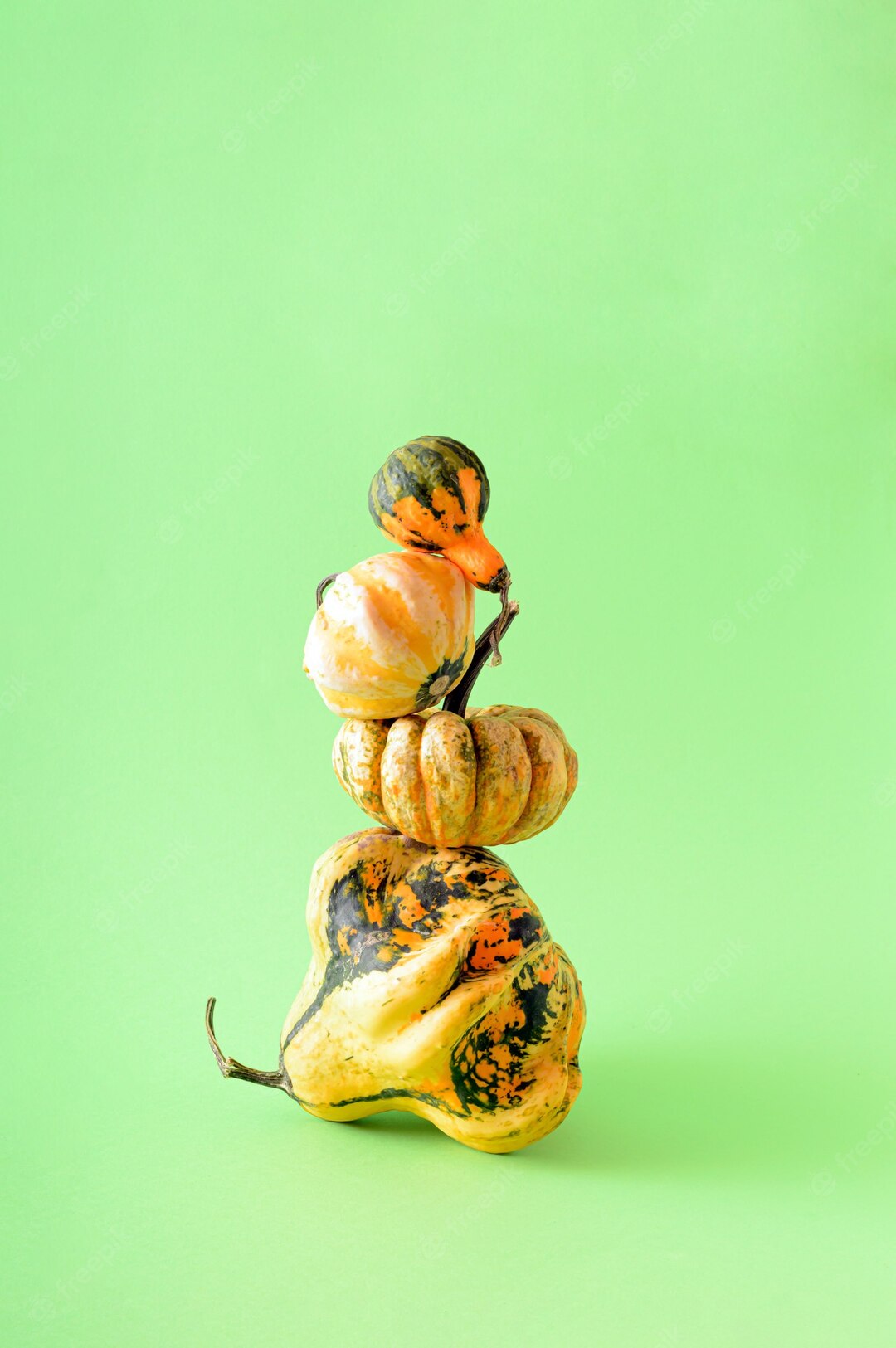Blood circulation is key to the functioning of your entire body. If your blood does not circulate as well or as quickly as it should, your organs and muscles may not get the blood they need to work at full efficiency.
In addition, proper blood circulation can increase your energy levels and give you more mental clarity. Niacin, also known as vitamin B3, is one of the most important vitamins when it comes to blood circulation. Learn more about this vitamin and how you can make sure you’re getting plenty of it in your diet.
What is Niacin?
Niacin, or vitamin B3, is a nutrient that contributes to many different functions and tasks of the human body. It creates energy through metabolism and it destroys free radicals that can cause the development of cancer cells.
Furthermore, niacin strengthens blood cells and supports proper circulation throughout the body, improving oxygen and blood flow to various organs and muscles.
How Niacin Supports Blood Circulation
There are quite a few studies showing that niacin is an essential part of improving blood circulation, particularly among those with heart problems or cholesterol issues. In one study, it was shown to lower the risk of heart attack amongst male study participants.
This nutrient can also assist in the treatment and prevention of many different disorders, including motion sickness, depression, ADHD, alcoholism, and migraines.
Niacin is part of your daily recommended nutrition. Recommendations range from 2 mg per day for infants to 18 mg per day for pregnant women. Making sure that you are getting your recommended amount of niacin can do a lot in helping your body function and making sure that you are getting the energy you need.
Just like any other nutrient, niacin is best when it is consumed in food, rather than in supplement form. Luckily, niacin is found in a huge variety of foods, so it’s easy to hit your daily intake.
Foods That Are High in Niacin
If you are ready to take your niacin consumption to the next level, you may need to make some dietary changes. Within a few days of starting to reach your recommended niacin intake, you should feel your energy levels boost and start to enjoy some mental clarity. To get started, try these foods:
- Beef liver and kidney
- Tuna
- Swordfish
- Salmon
- Other types of fish
- Peanuts
- Sunflower seeds
- Turkey
- Sardines
- Brown rice
You may notice that some foods are fortified with niacin, particularly breakfast cereals. It is important to note that fortified foods are not a good way to get your niacin, since the body tends to flush out these nutrients. You’ll enjoy more health benefits if you get your niacin through foods that it is naturally found in.
Protecting your heart is one of the best things you can do for your long-term health, particularly since heart disease is still the main killer of American adults. Supporting good blood circulation is a great way of doing this, so make sure you are getting your recommended niacin every day.
Sources:
http://www.whfoods.com/genpage.php?tname=nutrient&dbid=83
http://circ.ahajournals.org/content/118/12/1259.short
http://circ.ahajournals.org/content/88/1/20.short
http://www.fitday.com/fitness-articles/nutrition/vitamins-minerals/6-foods-rich-in-niacin.html#b
http://pennstatehershey.adam.com/content.aspx?productId=107&pid=33&gid=000335
Sources:

This Site Was Inspired By An Interest in Protecting the Environment:
We had the privilege and joy of learning from Dr. Charlie Stine who instilled a love for the natural world through incredible field trips with the Johns Hopkins Odyssey Certificate program in Environmental Studies. At the time, the program was endorsed by the Maryland Department of Natural Resources. Sadly, after Dr. Stine retired, the program was phased out. We hope that we honor his legacy by shining a bright light on environmental issues and sharing good news about the success of various conservation programs when possible.
